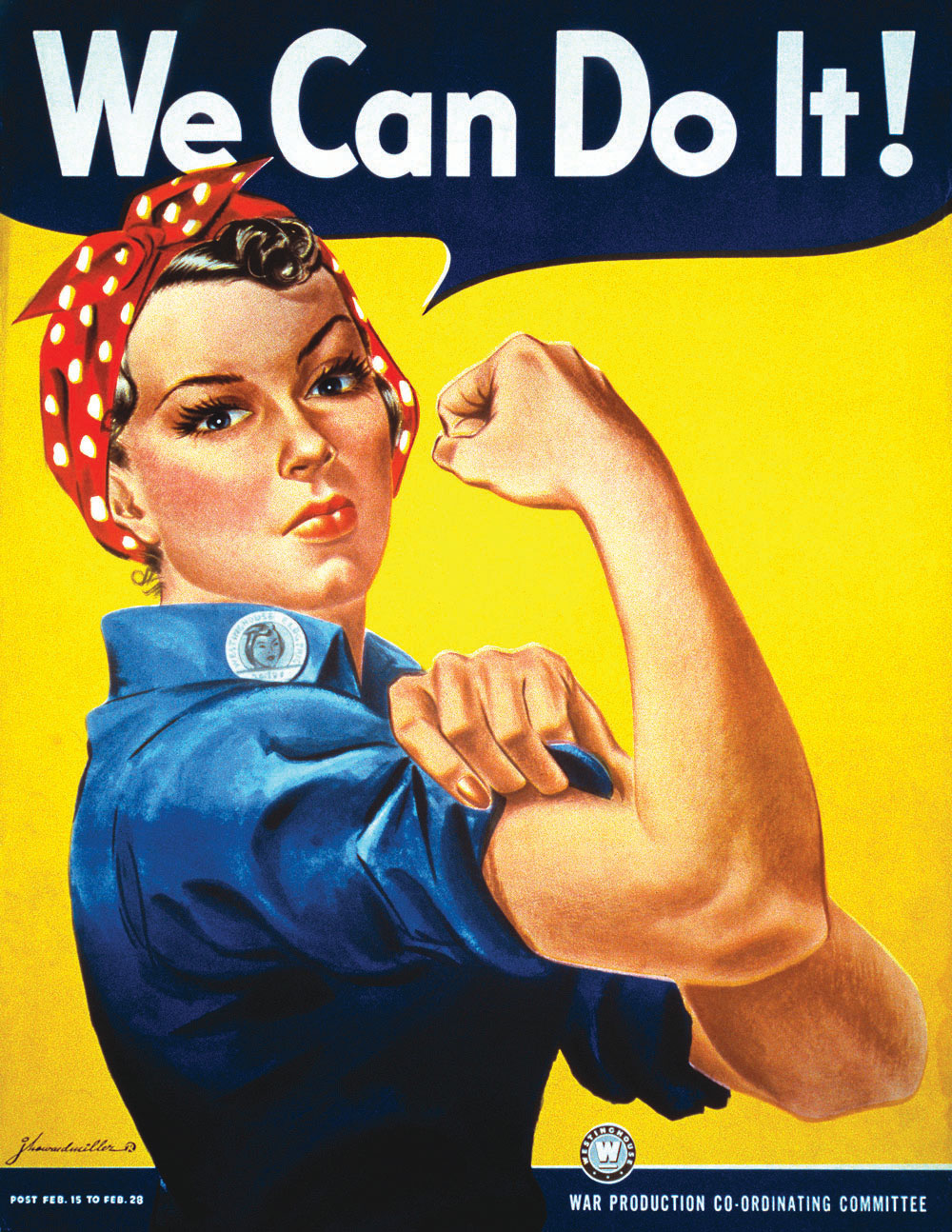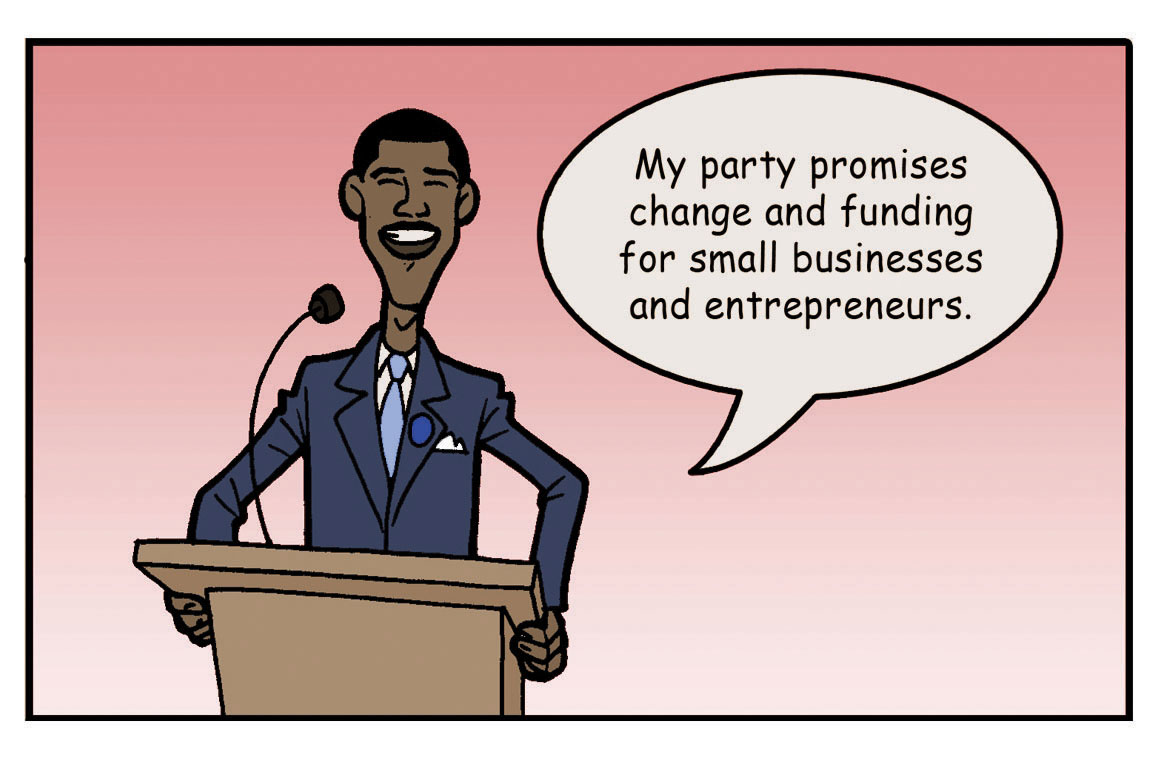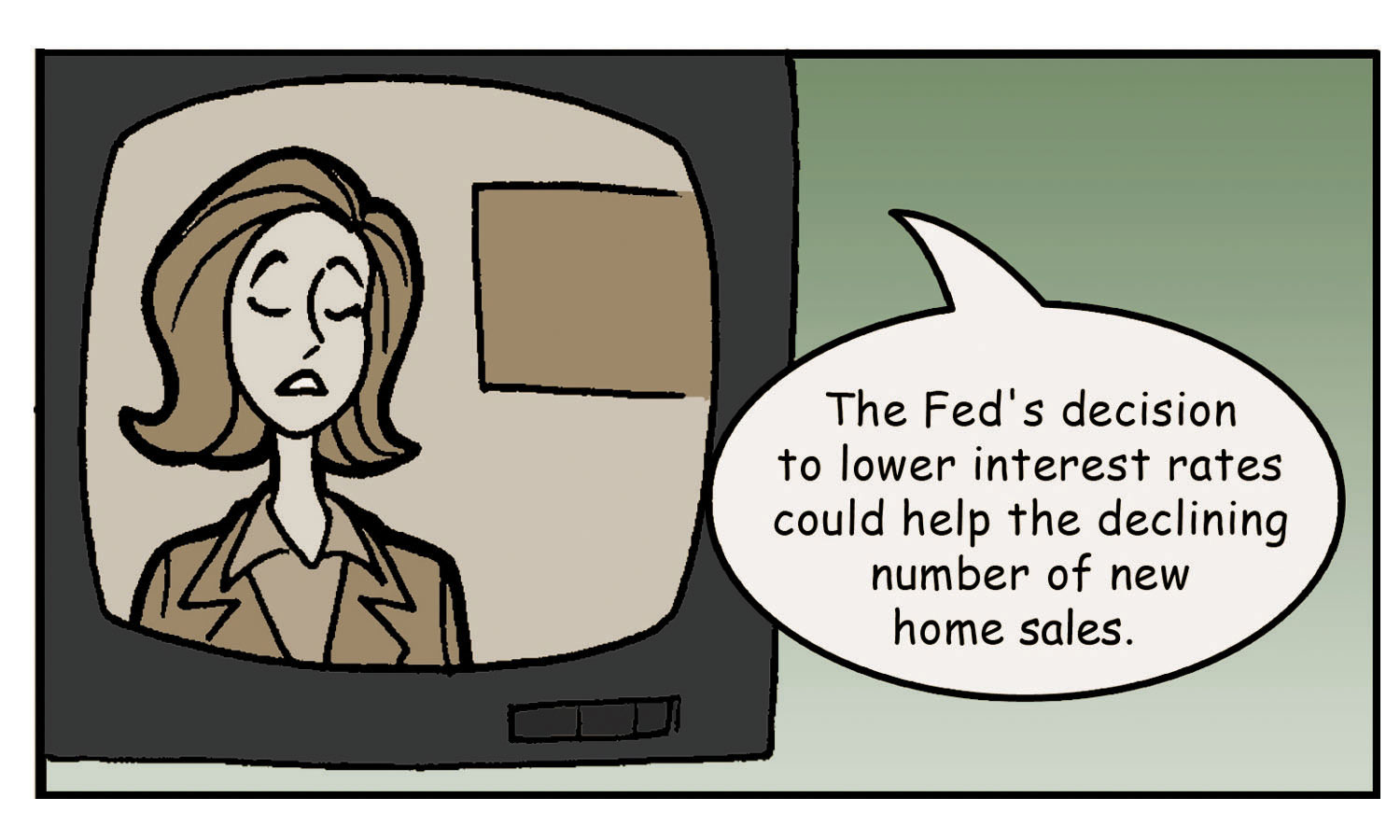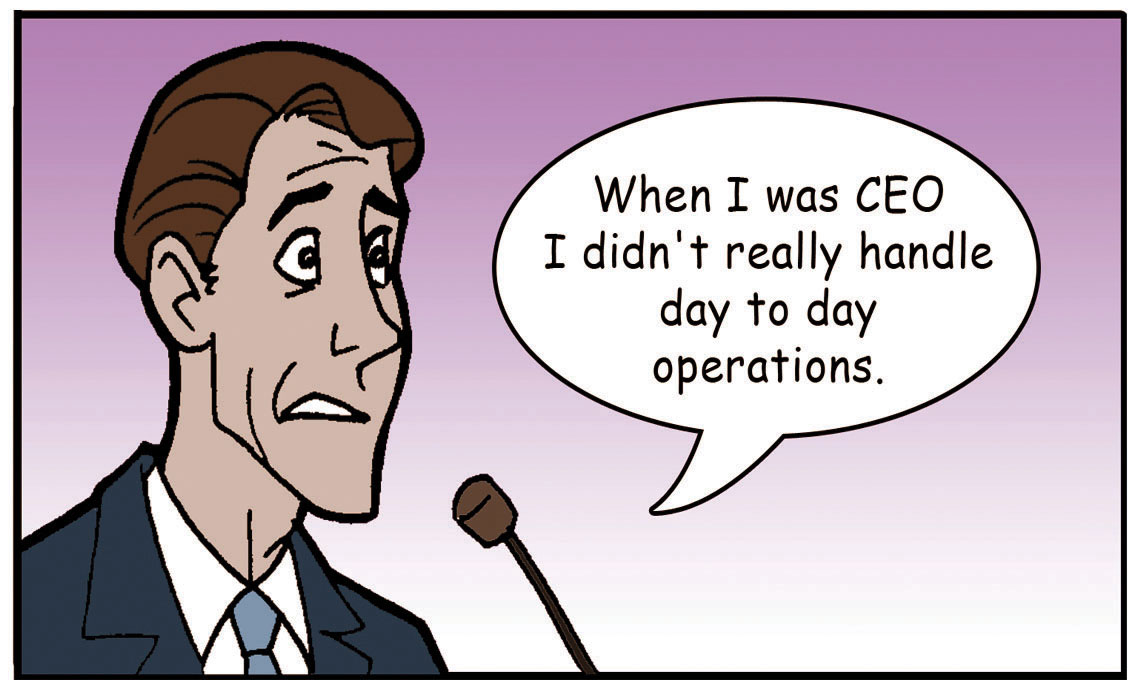3.3 Evaluating the General Environment
Learning Objectives
- Explain how PESTEL analysis is useful to organizations.
- Be able to offer an example of each of the elements of the general environment.
The Elements of the General Environment: PESTEL Analysis
An organization’s environment includes factors that it can readily affect as well as factors that largely lay beyond its influence. The latter set of factors are said to exist within the general environment. Because the general environment often has a substantial influence on an organization’s level of success, executives must track trends and events as they evolve and try to anticipate the implications of these trends and events.
PESTEL analysis is one important tool that executives can rely on to organize factors within the general environment and to identify how these factors influence industries and the firms within them. PESTEL is an anagram, meaning it is a word that created by using parts of other words. In particular, PESTEL reflects the names of the six segments of the general environment: (1) political, (2) economic, (3) social, (4) technological, (5) environmental, and (6) legal. Wise executives carefully examine each of these six segments to identify major opportunities and threats and then adjust their firms’ strategies accordingly (Table 3.1 “PESTEL”).
Table 3.1 PESTEL
Examining the general enviornment involves gaining an understanding of key factors and trends in broader society. PESTEL analysis is a popular framework for organizing these factors and trends and isolating how they influence industries and the firms within them. Below we describe each of the six dimensions associated with PESTEL analysis: political, economic, social, technological, environmental, and legal.
|
P |
Political factors include elements such as tax policies, changes in trade restrictions and tariffs, and the stability of governments. |
|
E |
Economic factors include elements such as interest rates, inflation rates, gross domestic product, unemployment rates, levels of disposable income, and the general growth or decline of the economy. |
|
S |
Social factors include trends in demographics such as population size, age, and ethnic mix, as well as cultural trends such as attitudes toward obesity and consumer activism. |
|
T |
Technological factors include, for example, changes in the rate of new product development, increases in automation, and advancements in service industry delivery. |
|
E |
Environmental factors include, for example, natural disasters and weather patterns. |
|
L |
Legal factors include laws involving issues such as employment, health and safety, discrimination, and antitrust. |
P Is for “Political”
The political segment centers on the role of governments in shaping business. This segment includes elements such as tax policies, changes in trade restrictions and tariffs, and the stability of governments (Table 3.2 “Political Factors”). Immigration policy is an aspect of the political segment of the general environment that offers important implications for many different organizations. What approach to take to illegal immigration into the United States from Mexico has been a hotly debated dilemma. Some hospital executives have noted that illegal immigrants put a strain on the health care system because immigrants seldom can pay for medical services and hospitals cannot by law turn them away from emergency rooms.
Table 3.2 Political Factors
Examples of several key trends representing political factors in the general environment are illustrated below.
| The extent to which companies developing clean energy sources should be subsidized by the government versus being left on their own to compete with providers of traditional energy sources is currently a hotly contested political issue. |
| The use of child labor was once commonplace in the United States now firms face political scrutiny when using overseas suppliers that employ child labor. |
| The word tariff derived from an Arabic word meaning “fees to be paid.” By levying tariffs and implementing other trade restrictions, governments can — to some extent — protect domestic firms from international competition. |
| The stability of the US government provides a source of confidence for foreign firms who want to do business in the United States. Countries that face frequent regime change and political turmoil have a harder time attracting foreign investments. |
| One of the most important duties of elected officials in the United States is to debate and set new tax policies. |
Meanwhile, farmers argue that a tightening of immigration policy would be harmful because farmers rely heavily on cheap labor provided by illegal immigrants. In particular, if farmers were forced to employ only legal workers, this would substantially increase the cost of vegetables. Restaurant chains such as Subway would then pay higher prices for lettuce, tomatoes, and other perishables. Subway would then have to decide whether to absorb these costs or pass them along to customers by charging more for subs. Overall, any changes in immigration policy will have implications for hospitals, farmers, restaurants, and many other organizations.
E Is for “Economic”
The economic segment centers on the economic conditions within which organizations operate. It includes elements such as interest rates, inflation rates, gross domestic product, unemployment rates, levels of disposable income, and the general growth or decline of the economy (Table 3.3 “Economic Factors”). The economic crisis of the late 2000s has had a tremendous negative effect on a vast array of organizations. Rising unemployment discouraged consumers from purchasing expensive, nonessential goods such as automobiles and television sets. Bank failures during the economic crisis led to a dramatic tightening of credit markets. This dealt a huge blow to home builders, for example, who saw demand for new houses plummet because mortgages were extremely difficult to obtain.
Table 3.3 Economic Factors
Examples of several key trends representing economic factors in the general environment are illustrated below.
The unemployment rate is the percentage of the labor force actively lookin for employment within the last four weeks. During the Great Depression of the 1930s, the United States suffered through an unemployment rate of approximately 25%.
| Housing starts in an economic indicator that measures the number of houses, apartments, and condos on which new construction has been started. Because construction involves a wide array of industries–concrete, steel, wood, drywall, plumbing, banks, and many others–housing starts are a carefully watched measure of economic conditions. |
| Gross domestic product (GDP) refers to the market value of goods and services within a country produced in a given time period and serves as a rough indicator of a country’s standard of living. The United States has a much larger GDP than China, but China has enjoyed a much higher rate of GDP growth in recent years. |
| The Federal Reserve System (commonly referred to as “The Fed”) is the United States’ central banking system. The Fed attempts to strengthen the economy through its decisions, such as setting short-term interest rates. |
| Discretionary income refers to the amount of money individuals have to spend after all necessary bills are paid. As discretionary income increases, firms such as boutique clothing retailers that sell nonessential goods and services are more likely to prosper. |
Some businesses, however, actually prospered during the crisis. Retailers that offer deep discounts, such as Dollar General and Walmart, enjoyed an increase in their customer base as consumers sought to find ways to economize. Similarly, restaurants such as Subway that charge relatively low prices gained customers, while high-end restaurants such as Ruth’s Chris Steak House worked hard to retain their clientele.
S Is for “Social”
A generation ago, ketchup was an essential element of every American pantry and salsa was a relatively unknown product. Today, however, food manufacturers sell more salsa than ketchup in the United States. This change reflects the social segment of the general environment. Social factors include trends in demographics such as population size, age, and ethnic mix, as well as cultural trends such as attitudes toward obesity and consumer activism (Table 3.4 “Social Factors”). The exploding popularity of salsa reflects the increasing number of Latinos in the United States over time, as well as the growing acceptance of Latino food by other ethnic groups.
Table 3.4 Social Factors
Examples of several key trends representing social factors in the general environment are illustrated below.
| The rise of upscale cupcake outlets reflects a current trend in American eateries: pricey specialty stores are very popular among some consumers. |
| Hunters remain a powerful force in American society, but their ranks shrunk by 10% between 1996 and 2006. Wildlife agencies worry about the loss of license-fee revenue will affect their ability to manage land and water resources, and lower levels of demand for their products threaten the success of gun makers. |
| In the 1800s, most American couples raised many children. Farmers, for example, took this approach because it supplied labor that small farms needed in order to operate. Today, most families are smaller. |
| One in three Americans is obese, due in part to the increasing prevalence of fast-good restaurants and the popularity of sedentary activities such as playing video games. |
| Hemline theory contends that women’s skirt lengths predict stock market increases and declines. The idea was born in the 1920s when economist George Taylor noticed that many women raised their skirts to reveal their silk stockings when times were good, but lowered their skirts to hide the fact that they weren’t wearing stockings when times were tough. |
| The tendency to collect material items while being reluctant to throw them away has led to a rise in self-storage outlets as well as awareness of a hoarding epidemic. |
Sometimes changes in the social segment arise from unexpected sources. Before World War II, the American workforce was overwhelmingly male. When millions of men were sent to Europe and Asia to fight in the war, however, organizations had no choice but to rely heavily on female employees. At the time, the attitudes of many executives toward women were appalling. Consider, for example, some of the advice provided to male supervisors of female workers in the July 1943 issue of Transportation Magazine:1
- Older women who have never contacted the public have a hard time adapting themselves and are inclined to be cantankerous and fussy. It’s always well to impress upon older women the importance of friendliness and courtesy.
- General experience indicates that “husky” girls—those who are just a little on the heavy side—are more even tempered and efficient than their underweight sisters.
- Give every girl an adequate number of rest periods during the day. You have to make some allowances for feminine psychology. A girl has more confidence and is more efficient if she can keep her hair tidied, apply fresh lipstick and wash her hands several times a day.
The tremendous contributions of female workers during the war contradicted these awful stereotypes. The main role of women who assembled airplanes, ships, and other war materials was to support the military, of course, but their efforts also changed a lot of male executives’ minds about what females could accomplish within organizations if provided with opportunities. Inequities in the workplace still exist today, but modern attitudes among men toward women in the workplace are much more enlightened than they were in 1943.

Women’s immense contributions to the war effort during World War II helped create positive social changes in the ensuing decades.
Wikimedia Commons – public domain.
Beyond being a positive social change, the widespread acceptance of women into the workforce has created important opportunities for certain organizations. Retailers such as Talbot’s and Dillard’s sell business attire to women. Subway and other restaurants benefit when the scarceness of time lead dual income families to purchase take-out meals rather than cook at home.
T Is for “Technological”
The technological segment centers on improvements in products and services that are provided by science. Relevant factors include, for example, changes in the rate of new product development, increases in automation, and advancements in service industry delivery (Table 3.5 “Technological Factors”). One key feature of the modern era is the ever-increasing pace of technological innovation. In 1965, Intel cofounder Gordon E. Moore offered an idea that has come to be known as Moore’s law. Moore’s law suggests that the performance of microcircuit technology roughly doubles every two years. This law has been very accurate in the decades since it was offered.
Table 3.5 Technological Factors
Examples of several key trends representing technological factors in the general environment are illustrated below.
| Unsuccessful technological innovations such a Smell-O-Vision (a system that would release different odors that matched the events shown on screen) highlight the risk associated with the technology sector. Image watching a show on horse stables! |
| The adoption rate of new technology is closely monitored by market research firms. The Internet reached 50 million users in 4 years. To reach the same number of users took 13 years for TV and 38 years for radio. |
| The dramatic changes in the video game industry over the past 25 years highlight the need to constantly adapt to technological factors to maintain market leadership. Once-mighty Atari has given way to current leaders Sony, Nintendo, and Microsoft. |
| Moore’s law suggests that the performance of microcircuit technology roughly doubles every two years. |
| The amount of government spending for research and development affects numerous industries. The government’s decision to dramatically scale back moon-based space programs may reduce the pace of scientific breakthroughs. |
One implication of Moore’s law is that over time electronic devices can become smaller but also more powerful. This creates important opportunities and threats in a variety of settings. Consider, for example, photography. Just a decade ago, digital cameras were relatively large and they produced mediocre images. With each passing year, however, digital cameras have become smaller, lighter, and better. Today, digital cameras are, in essence, minicomputers, and electronics firms such as Panasonic have been able to establish strong positions in the market. Meanwhile, film photography icon Kodak has been forced to abandon products that had been successful for decades. In 2005, the firm announced that it would stop producing black-and-white photographic paper. Four years later, Kodachrome color film was phased out.
Successful technologies are also being embraced at a much faster rate than in earlier generations. The Internet reached fifty million users in only four years. In contrast, television reached the same number of users in thirteen years while it took radio thirty-eight years. This trend creates great opportunities for organizations that depend on emerging technologies. Writers of applications for Apple’s iPad and other tablet devices, for example, are able to target a fast-growing population of users. At the same time, organizations that depend on technologies that are being displaced must be aware that consumers could abandon them at a very rapid pace. As more and more Internet users rely on Wi-Fi service, for example, demand for cable modems may plummet.

Moore’s law explains how today’s iPhone can be one hundred times faster, one hundred times lighter, and ten times less expensive than a “portable” computer built in the 1980s.
Wikimedia Commons – CC BY 2.0.
Although the influence of the technological segment on technology-based companies such as Panasonic and Apple is readily apparent, technological trends and events help to shape low-tech businesses too. In 2009, Subway started a service called Subway Now. This service allows customers to place their orders in advance using text messages and avoid standing in line at the store. By offering customers this service, Subway is also responding to a trend in the general environment’s social segment: the need to save time in today’s fast-paced society.
E Is for “Environmental”
The environmental segment involves the physical conditions within which organizations operate. It includes factors such as natural disasters, pollution levels, and weather patterns (Table 3.6 “Environmental Factors”). The threat of pollution, for example, has forced municipalities to treat water supplies with chemicals. These chemicals increase the safety of the water but detract from its taste. This has created opportunities for businesses that provide better-tasting water. Rather than consume cheap but bad-tasting tap water, many consumers purchase bottled water. Indeed, according to the Beverage Marketing Corporation, the amount of bottled water consumed by the average American increased from 1.6 gallons in 1976 to 28.3 gallons in 2006 (Earth911). At present, roughly one-third of Americans drink bottled water regularly.
Table 3.6 Environmental Factors
Examples of several key trends representing enviornmental factors in the general environment are illustrated below.
| The Subaru automotive plant in Lafayette, Indiana, was the first auto manufacturing facility to achieve zero landfill status. |
| Debate has raged over climate change in recent years. To the extend that more policy markers and consumers believe that human activity is increasing temperatures on the Earth, opportunities could increase for solar energy companies. |
| Individuals embracing the three Rs of green living–reduce, reuse, recycle–has fueled new business concepts such as Recycle Match, a firm that brings together waste products with businesses that need those materials. |
| Concern about the environmental effects of burning fossil fuels has contributed to the growing popularity of scooters. |
| The increase in the number of food cooperatives reflects growing interest in sustainable, natural foods that are produced with a high degree of social responsibility. |
As is the case for many companies, bottled water producers not only have benefited from the general environment but also have been threatened by it. Some estimates are that 80 percent of plastic bottles end up in landfills. This has led some socially conscious consumers to become hostile to bottled water. Meanwhile, water filtration systems offered by Brita and other companies are a cheaper way to obtain clean and tasty water. Such systems also hold considerable appeal for individuals who feel the need to cut personal expenses due to economic conditions. In sum, bottled water producers have been provided opportunities by the environmental segment of the general environment (specifically, the spread of poor-tasting water to combat pollution) but are faced with threats from the social segment (the social conscience of some consumers) and the economic segment (the financial concerns of other consumers).
L Is for “Legal”
The legal segment centers on how the courts influence business activity. Examples of important legal factors include employment laws, health and safety regulations, discrimination laws, and antitrust laws (Table 3.7 “Legal Factors”).
Intellectual property rights are a particularly daunting aspect of the legal segment for many organizations. When a studio such as Pixar produces a movie, a software firm such as Adobe revises a program, or a video game company such as Activision devises a new game, these firms are creating intellectual property. Such firms attempt to make profits by selling copies of their movies, programs, and games to individuals. Piracy of intellectual property—a process wherein illegal copies are made and sold by others—poses a serious threat to such profits. Law enforcement agencies and courts in many countries, including the United States, provide organizations with the necessary legal mechanisms to protect their intellectual property from piracy.
Table 3.7 Legal Factors
Examples of several key trends representing legal factors in the general environment are illustrated below.
| Electronic recycling laws are creating opportunities for “green collar jobs.” A recent Missouri law, for example, requires computer electronic equipment manufacturers to develop and implement recycling plans. |
| The Sherman Antitrust Act of 1890 limits cartels and monopolies in the United States. Senator John Sherman was the principal author of this legislation. |
| In the United States, it is illegal to discriminate against anyone based on age, race, religion, gender or disability. |
| The role of the Occupational Safety and Health Administration (OSHA) is to prevent work-related injuries, diseases, and fatalities by enforcing standards for workplace safety and health. |
| Laws requiring that nutrition information must appear on the packaging of most food products are intended to protect consumers and help them make informed choices. |
In other countries, such as China, piracy of intellectual property is quite common. Three other general environment segments play a role in making piracy a major concern. First, in terms of the social segment, China is the most populous country in the world. Second, in terms of the economic segment, China’s affluence is growing rapidly. Third, in terms of the technological segment, rapid advances in computers and communication have made piracy easier over time. Taken together, these various general environment trends lead piracy to be a major source of angst for firms that rely on intellectual property to deliver profits.
Key Takeaway
- To transform an avocado into guacamole, a chef may choose to use a mortar and pestle. A mortar is a mashing device that is shaped liked a baseball bat, while a pestle is a sturdy bowl within which the mashing takes place. Similarly, PESTEL reflects the general environment factors—political, economic, social, technological, environmental, and legal—that can crush an organization. In many cases, executives can prevent such outcomes by performing a PESTEL analysis to diagnose where in the general environment important opportunities and threats arise.

Just as a mortar and pestle are used to crush food, PESTEL can crush an organization.
Wikimedia Commons – public domain.
Exercises
- What does each letter of PESTEL mean?
- Using a recent news article, identify a trend that has a positive and negative implication for a particular industry.
- Can you identify a general environment trend that has positive implications for nursing homes but negative implications for diaper makers?
- Are all six elements of PESTEL important to every organization? Why or why not?
- What is a key trend for each letter of PESTEL and one industry or firm that would be affected by that trend?
11943 guide to hiring women. 2007, September–October. Savvy & Sage, p. 16.
References
Earth911, Plastic recycling facts. earth911.com. Retrieved from http://earth911.com/recycling/plastic/plastic-bottle-recycling-facts






